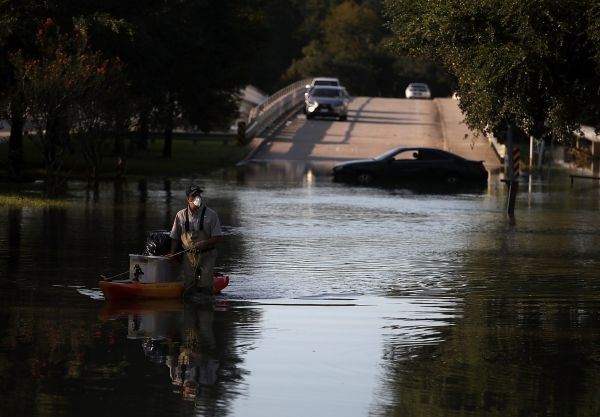By incorporating the architecture of city drainage systems and readings from flood gauges into a comprehensive statistical framework, researchers at Texas A&M University can now accurately predict the evolution of floods in extreme situations like hurricanes. With their new approach, the researchers said their algorithm could forecast the flow of floodwater in almost real-time, which can then lead to more timely emergency response and planning.
“Not knowing where floodwater will flow next is particularly detrimental for first responders who need to gauge the level of flooding for their rescue operations,” said Ali Mostafavi, assistant professor in the Zachry Department of Civil and Environmental Engineering. “Our new algorithm considers the underground drainage channels to provide an accurate representation of how floods propagate. This tool, we think, can vastly help disaster management because first responders will be able to see which way floodwater will flow in real time.”
Hurricanes are notorious for wreaking havoc on shorelines, toppling trees, tearing down power lines and above all, causing severe floods. Conventionally, scientists have used physics-based models to predict where water might collect, overflow and cause flooding. In essence, these models capture how physical features of the earth’s surface and urban landscapes affect the flow of water over the ground.
While robust at predicting when and where floods will happen under most rainfall conditions, Mostafavi said these traditional models do not perform as well at predicting floods during incidents of torrential rainfall, like during Hurricane Harvey.
Continue reading at Texas A&M University
Image via Texas A&M University


